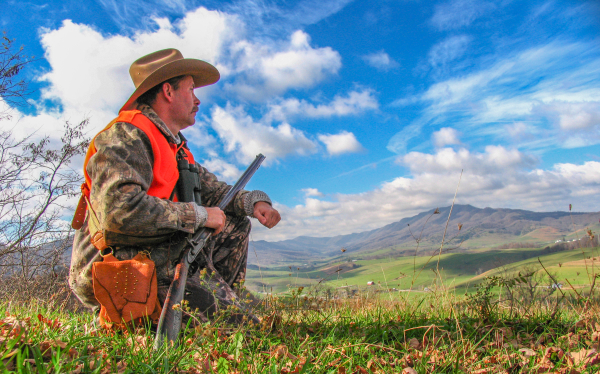
There’s a current fascination with long-range hunting, but does anyone actually know what “long-range hunting” really is? Hunters have always been fascinated with successful shots taken at great distances; you’ve probably read about Elmer Keith’s 600-yard shot on a mule deer with a 44 Magnum revolver. To this day many still argue if it really happened.
A 600-yard shot with a handgun is a for sure in the realm of long-range, but few would consider it ethical. Thing is, Keith was shooting at a wounded animal, and in those instances, ethical is trying to get another bullet in it. But what is “ethical” when it comes to animals that are not wounded? Is there an arbitrary distance beyond which we should not shoot?
I think the only logical conclusion is that the ability of the shooter and the individual circumstance should be the determining factor. I know hunters who have little business shooting at deer at 100 yards in any situation. But, few if any will condemn a hunter for taking a shot at an animal a mere 300 feet distant. I also know hunters who can hit a soccer ball at 600 yards every time, regardless which way, or how hard, the wind is blowing.
I’ve always considered any distance where you must hold off the animal to get a hit, long-range. Now days, the way we click or reticle our way on target, we never really hold “off” the hair. Modern technology has led us to believe in magic reticles and ballistic tables to the point we’ll shoot at anything we can see and either laser or guess a range to. I don’t consider this sporting. When you take a shot you’re not certain you can make, you’ve overstepped the ethical boundaries of hunting. If you make the shot and have witnesses, you’re a hero. If you make the shot without witnesses you’re a liar. If you miss, nobody knows, but if you wound the animal, you’ve gotta live with your foolishness – forever.
I know because I’ve done it all and am not that proud of any of the results. I don’t like feeling foolish, wounding animals, missing, or being thought of as a charlatan. In all the cases where I made long-range shots that I was not sure I could, I felt lucky, but I also felt I’d cheated myself out of a stalk and a much more fulfilling wild encounter. Luck should have no place in hunting, which is truly a measure of your skill at getting close enough so the shot is a sure thing. For some that might be 57 yards and for others it might be 570. The definition of “long-range” depends on you and nothing else, and you don’t have to shoot across the county to be proud of the shot you made.
The shot I’m proudest of making was actually very close; only about 35 yards. Years ago I was deer hunting with my old company commander and we were taking turns pushing thickets for each other. As I waited at the edge of a stand of pines with my old .45-caliber cap-lock mountain rifle, he stepped out and asked, “See anything.”
I said, “Nothing but that grouse you flushed. He’s sitting up there in that tree. I started to shoot him, but I’m not a good enough cook to justify it.”
The good Colonel replied, “Well, had you shot it with that thing there would’ve not been anything left to cook.” I told him I was going to shoot it in the head, and that I’d do it if he’d clean it and cook it. He laughed, “You shoot its head off – I’ll fix it.”
I lifted the rifle, drew a fine bead, and when the smoke cleared the grouse was tumbling – headless – from the tree. I ate well that night, and don’t mind telling the story since there’s still a living witness. The reality is there’s no such thing as long range, as long as you don’t take shots you cannot make, and I knew that grouse never had a chance.